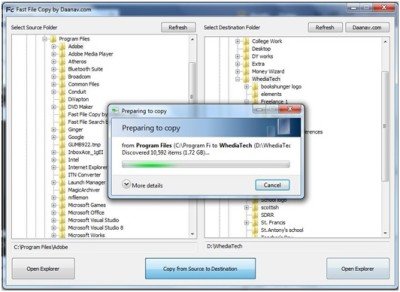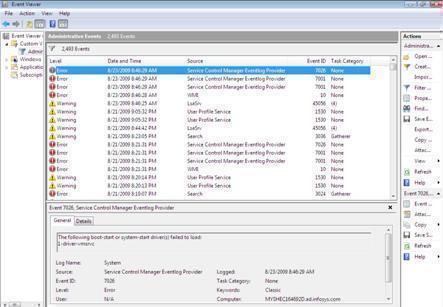
You must enable the Operational Log before Event Viewer will start capturing USB flash drive related events.

When the Log Properties – Operational dialog appears, select the Enable Logging check box, as shown in Figure B. As such, you need to enable it first by drilling down to DriverFrameworks-UserMode, right-clicking on the Operational Log, and then selecting Properties from the context menu. However this log is not enabled by default. The Overview And Summary panel displays a list of the most recent events.Įvent Viewer will keep track of USB flash drive related events in theĪpplication and Services Logs > Microsoft > Windows > DriverFrameworks-UserMode > Operational As soon as the tool launches, you’ll see the Overview And Summary panel, as shown in Figure A, which displays a list of the most recent events collected from all the logs. When Event Viewer appears in the Results pane, just click it. One of the easiest ways is to click the Start button and begin typing Event Viewer. There are several ways to launch Event Viewer. SEE: Digital forensics: The smart person’s guide Getting started
WINDOWS COPY LOG HOW TO
I’ll then show you how to employ these techniques to use Event Viewer to track USB flash drive usage on a system. In this article I’ll explain in more detail what I found. I then found out how to identify specific USB flash drives, which allowed me to determine how long a specific USB flash drive was connected to a system. And of course, each of these operations had a date and time stamp. Further investigation and experimentation led me to the Event IDs that correspond to the connection and disconnection operations. I knew that kind of information would be recorded in Windows 10’s Event logs, and after some investigation with Event Viewer, I found out where.
WINDOWS COPY LOG WINDOWS 10
How to connect an Apple wireless keyboard to Windows 10 Microsoft offers Windows 11 for HoloLens 2
WINDOWS COPY LOG UPDATE
Windows 11 update brings Bing Chat into the taskbar Microsoft PowerToys 0.69.0: A breakdown of the new Registry Preview app The ability to track down this type of information could come in handy for a troubleshooting expedition or for conducting a digital forensics investigation. More specifically, he wanted to be able to find out when a USB flash drive was connected to a system, when it was disconnected, and ultimately how long the USB flash drive was connected to a system. Soon after my article How to track down USB devices in Windows 10 with Microsoft’s USB Device Viewer was published, I received a message from a reader who was interested in tracking USB flash drive usage. For more info, visit our Terms of Use page. This may influence how and where their products appear on our site, but vendors cannot pay to influence the content of our reviews. We may be compensated by vendors who appear on this page through methods such as affiliate links or sponsored partnerships. Whether you're conducting a digital forensics investigation or troubleshooting USB flash drive connections, Event Viewer can provide what you need. How to track down USB flash drive usage with Windows 10’s Event Viewer
WINDOWS COPY LOG FULL
evtx does not contain the full text of most of the events.

radio button and choose English (United States) as shown in the screen capture below (unless otherwise directed by support) and click OK. If you are prompted to display information, select the Display information.

evtx and save the log file to a destination of your choosing. Ensure that the Save as type is set to.Click the type of logs you need to export.Within Event Viewer, expand Windows Logs.Start Event Viewer by going to Start > search box (or press Windows key + R to open the Run dialog box) and type eventvwr.Follow the instructions below to export this data: Sometimes when troubleshooting SiteProtector issues (and other components running on Windows), support might need to review the Windows event logs.


 0 kommentar(er)
0 kommentar(er)
